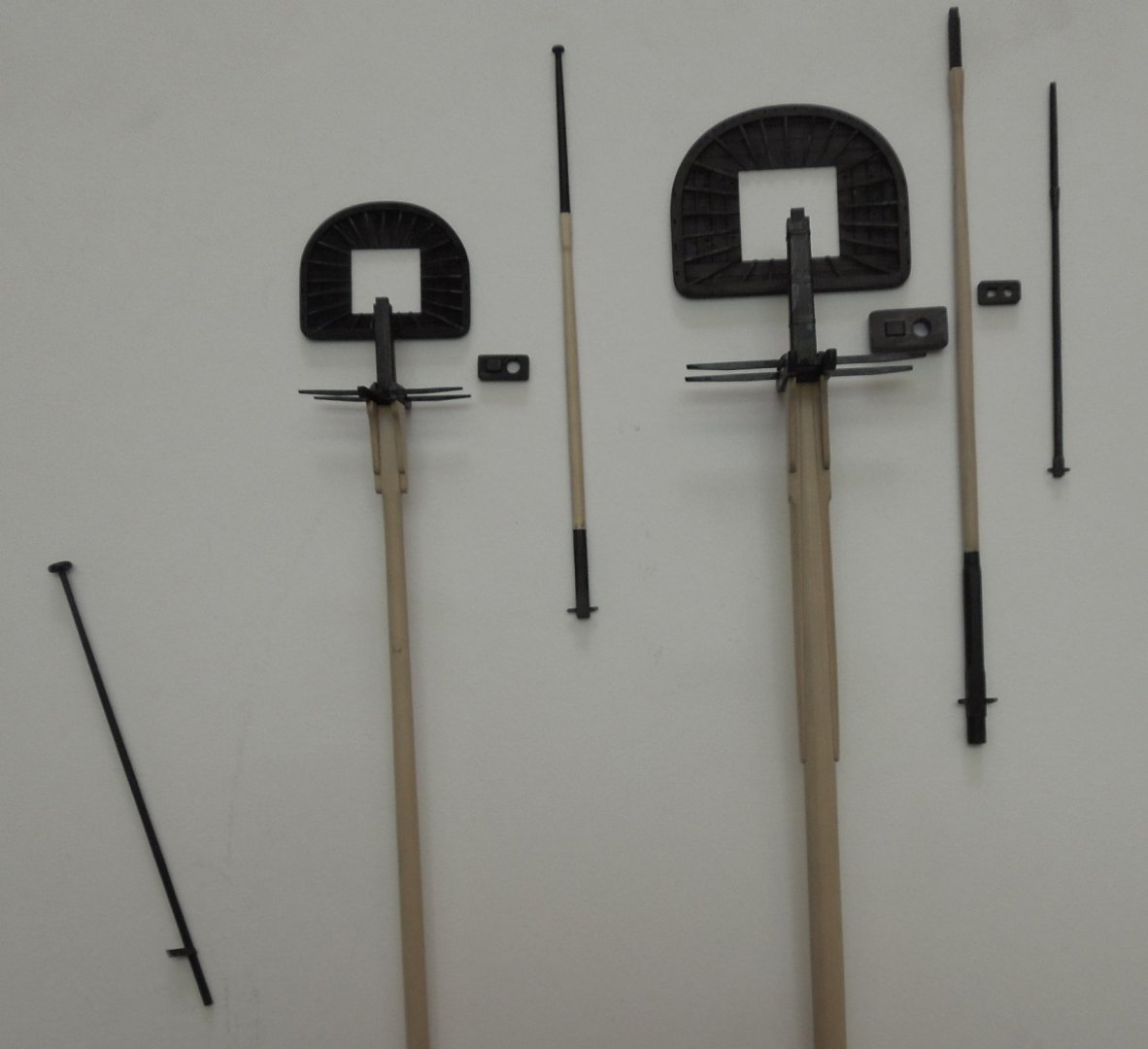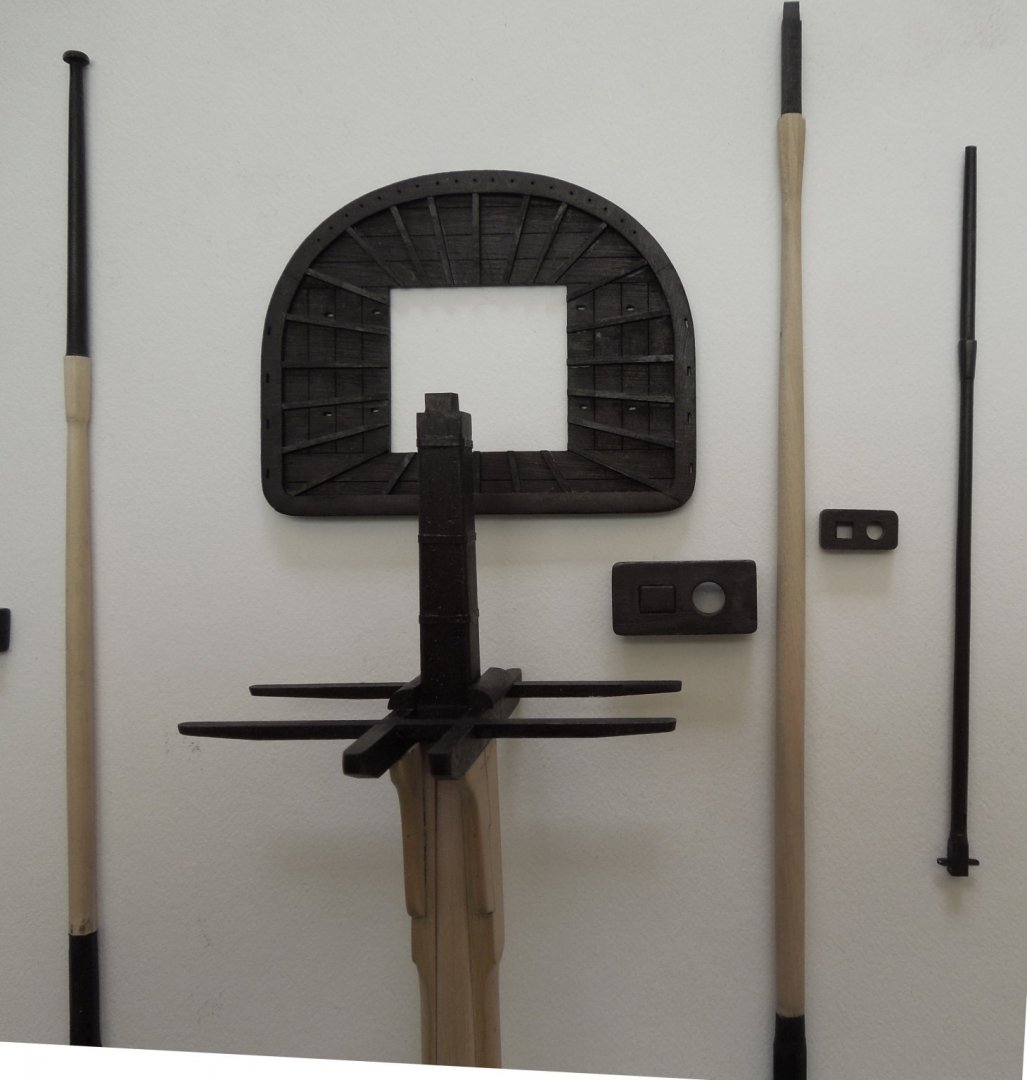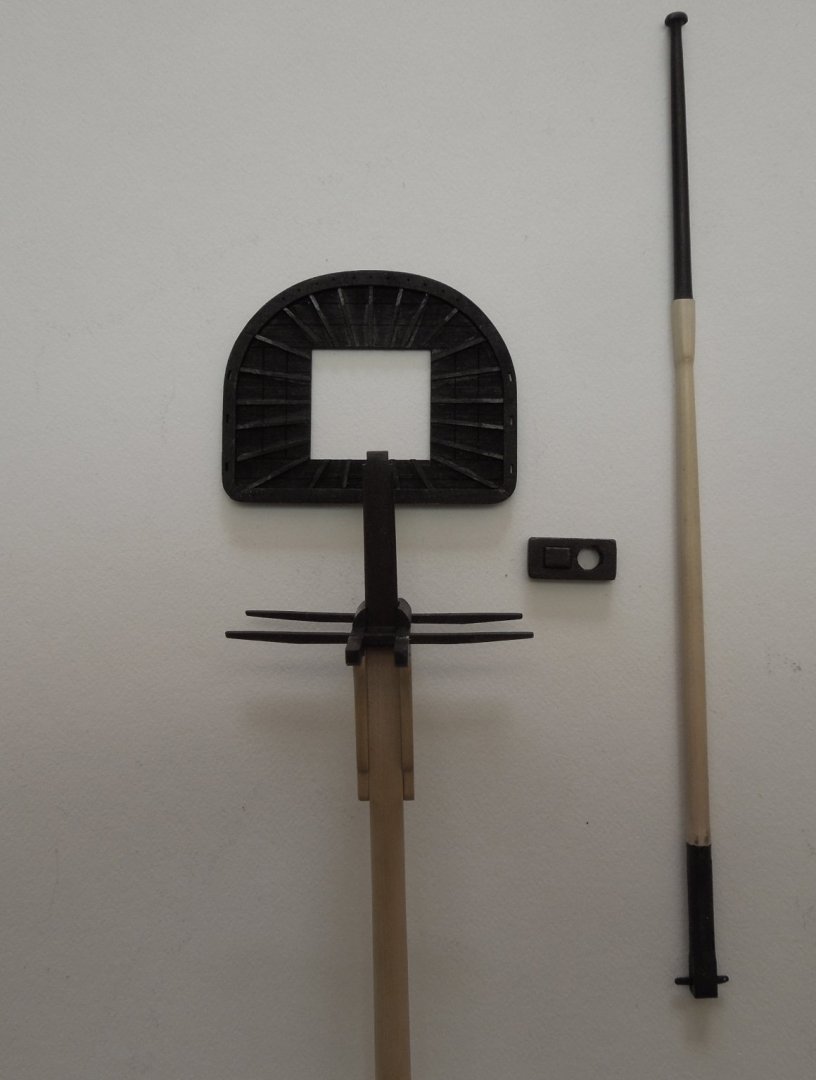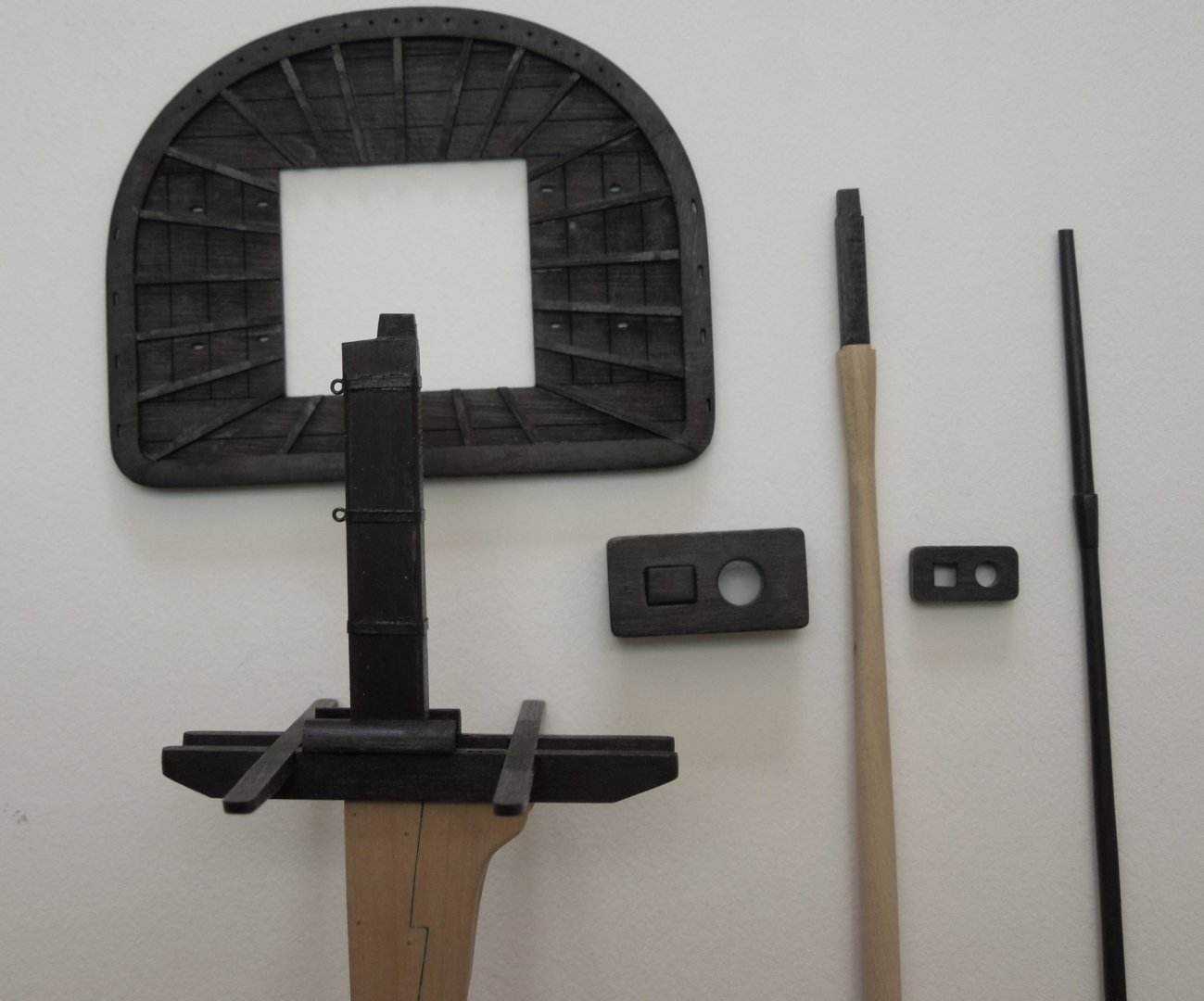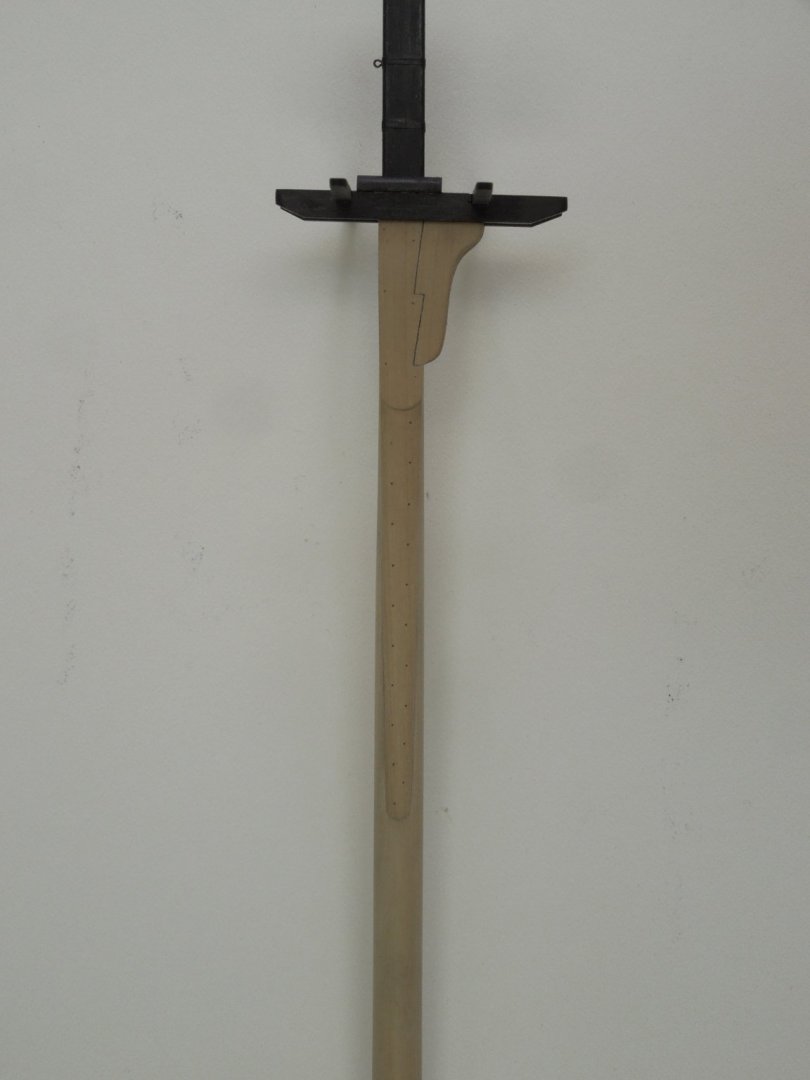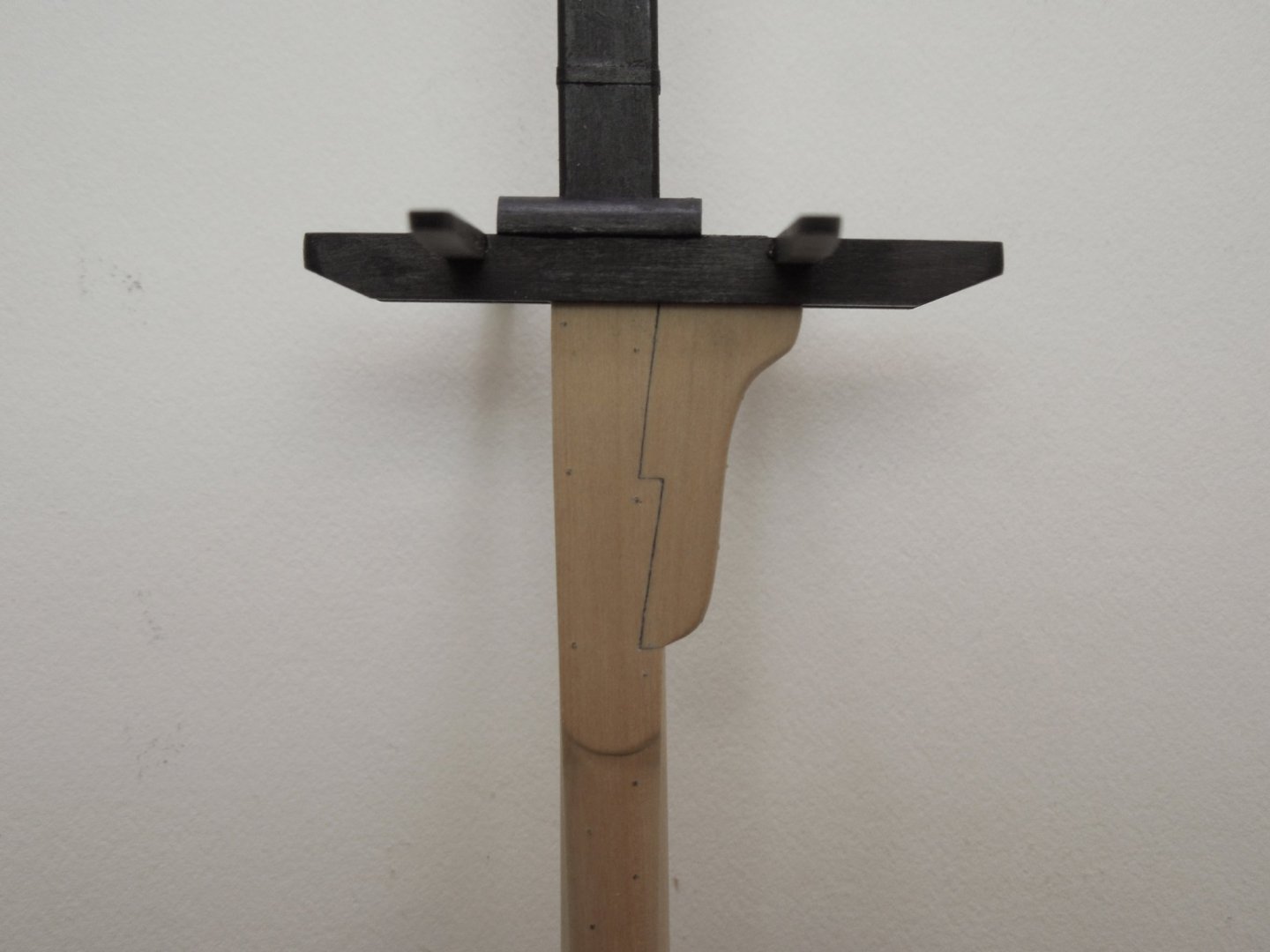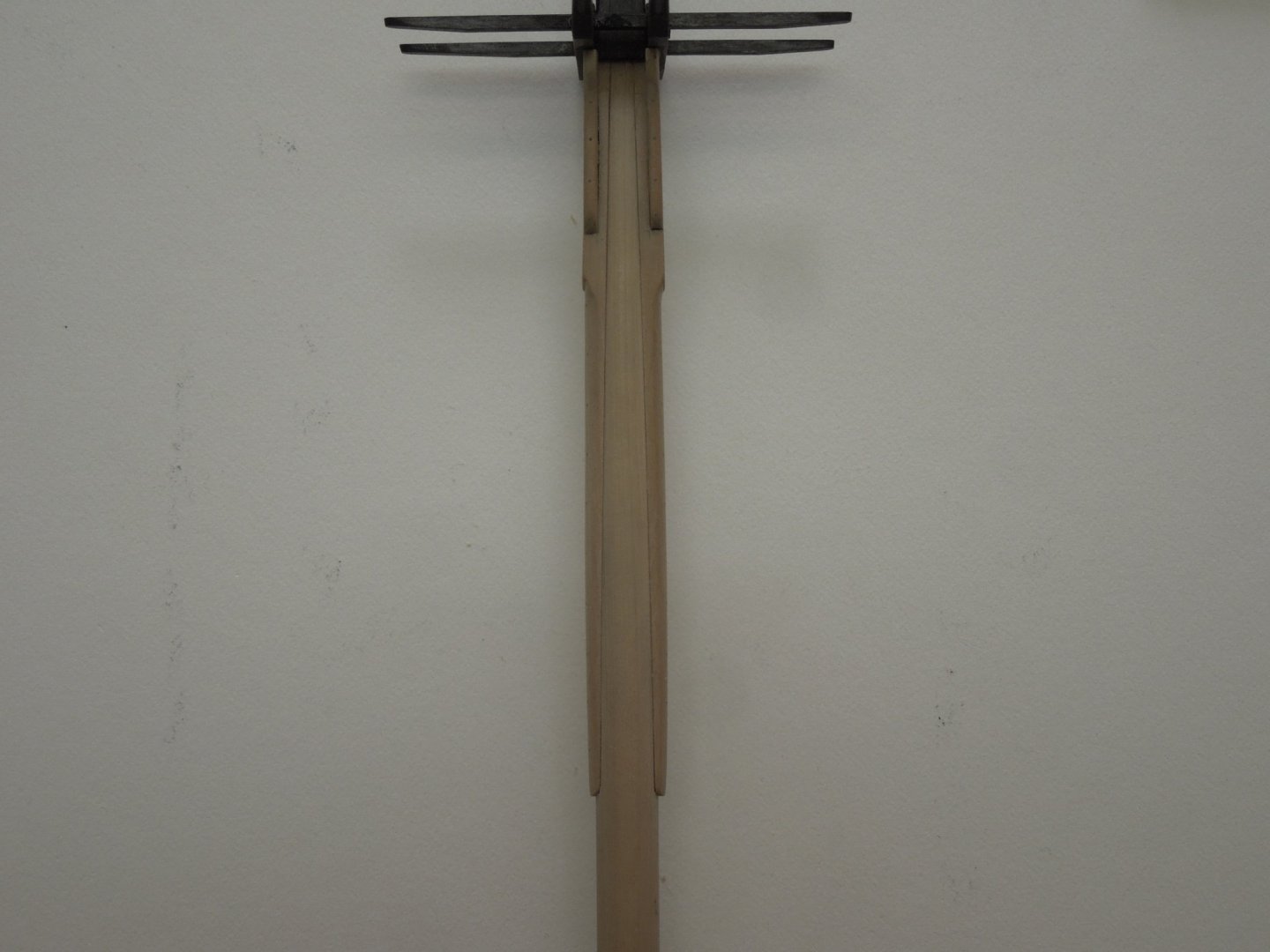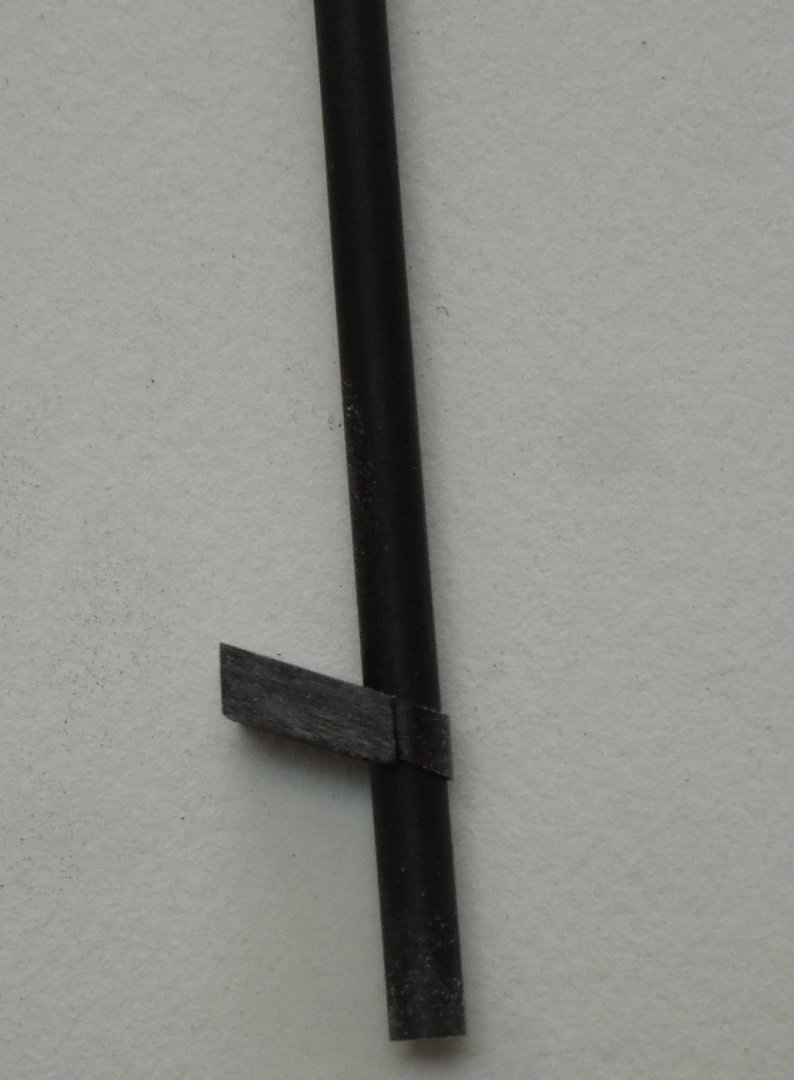-
Posts
2,457 -
Joined
-
Last visited
Content Type
Profiles
Forums
Gallery
Events
Everything posted by dvm27
-
Diluted whited glue (50:50) works great as does matte medium.
-
Oh but you have been busy! Love those panels. Would love to see them varnished but they wouldn't match the rest of the model finish. And those deck clamps certainly insure a level deck. Very innovative work, Chuck.
- 1,784 replies
-
- winchelsea
- Syren Ship Model Company
-
(and 1 more)
Tagged with:
-
Very nice, clean build Cajun. You’re going to have a lovely first model to display soon.
- 30 replies
-
- grand banks dory
- model shipways
-
(and 1 more)
Tagged with:
-
Yes, and also mark a center line in the middle of the pattern between top timbers and glue sheet over a jig with a corresponding center line. Paper is easily distorted One frame slightly askew will change the shape of the hull during the fairing process.
- 50 replies
-
- rattlesnake
- brig
-
(and 1 more)
Tagged with:
-
Your model is looking quite spectacular with its sails set Bob! Missed your log for awhile. i do hope your daughter's health has improved. Greg
- 87 replies
-
- medway longboat
- Syren Ship Model Company
-
(and 1 more)
Tagged with:
-
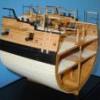
ancre Coureur by cafmodel - 1/48
dvm27 replied to cafmodel's topic in - Build logs for subjects built 1751 - 1800
Wow Tom, that looks fantastic. Having stepped frames for the clinker planking takes it to another level. I wonder hou you insure all the frames line up perfectly for the runs of planks? -

Speedwell 1752 by druxey - a work in progress
dvm27 replied to druxey's topic in - Build logs for subjects built 1751 - 1800
Well thank you Tom but really, most of the credit goes to David Antscherl. He's the true talent behind all of this. I just prove his work. I've been blessed to have him both as mentor and business partner for twenty years now and it's been a fantastic partnership. I take pride in knowing we have advanced this wonderful hobby to some small degree. For those not familiar with the actual Speedwell build log it may be viewed at https://modelshipworld.com/topic/370-speedwell-by-dvm27-greg-herbert-ketch-rigged-sloop-1752/ -
So it's been on to masting and sparring while David has been working on the carvings. With the completion of the masting and sparring we will have finished Volume Two of our Speedwell series and hopefully Sea Watch can get it to press in the near future. Fulling rigging plans are to be included in Volume Two as well. The masts and spars are of boxwood with the black portions ebonized with Fiebings dye. By the way, the mast tops were laser cut by Chuck (Syren Ship Models) based on our plans and I believe they came out very well. I'm sure Chuck will offer this technique for other ships or products as it greatly simplifies construction of these complex pieces.
-

Speedwell 1752 by druxey - a work in progress
dvm27 replied to druxey's topic in - Build logs for subjects built 1751 - 1800
David has devoted a lot of real estate to Speedwell's carving in Volume Two! -
That is brilliant! You have a built in steady rest to stop deflection of those narrow spars.
-

Speedwell 1752 by druxey - a work in progress
dvm27 replied to druxey's topic in - Build logs for subjects built 1751 - 1800
Yes, David Antscherl carved them all with micro chisels, a steady hand and fine eyes. Keep in mind they are much smaller in person. Ironically, I have not seen my model since David added the carvings. We were supposed to meet at the April NW Ship Modelers meeting but that is no longer the case. I have been working on the masts and spars and shall post some photos of them in a day or so. Capt. Hook - she's a lovely little model even without the carvings. We were going to cast them and offer for sale but they're just too delicate with numerous undercuts. -

HMS ROYAL KATHERINE 1664 by Doris - 1/55 - CARD
dvm27 replied to DORIS's topic in - Build logs for subjects built 1501 - 1750
Really, Doris, there's nothing you can't do. If you don't rig R.K. it can only be because rigging may not get your creative juices flowing like creating beautiful sculptures.- 1,035 replies
-
- royal katherine
- ship of the line
-
(and 1 more)
Tagged with:
-

Naparima by Kevin Kenny - FINISHED
dvm27 replied to Kevin Kenny's topic in - Build logs for subjects built 1901 - Present Day
Very nice, Kenny! -
She looks extraordinary, Ben! You're making good use of your extra time in the workshop.
- 889 replies
-
Congratulations Rob. She's magnificent!
- 1,208 replies
-
- great republic
- clipper
-
(and 1 more)
Tagged with:
-
This is a beautiful model Karl and everything looks perfect...except those belaying pins. They look to be twice as wide as they should be. I know it's incredibly picky but on a model of this quality they seem genuinely out of place. Here in the US Bluejacket sells nice slender ones. I'm sure someone sells them in Europe if you don't have a lathe to turn them yourself.
- 87 replies
-
- royal caroline
- yacht
-
(and 1 more)
Tagged with:
-
I'm betting you never thought you'd be building a model of this complexity before Chuck's Winny came along. That's beautiful work Mike! Even with all those laser cut parts and guides it's still no walk in the park. Is their a more complex structure than an 18th century stern?
- 607 replies
-
- winchelsea
- Syren Ship Model Company
-
(and 1 more)
Tagged with:
About us
Modelshipworld - Advancing Ship Modeling through Research
SSL Secured
Your security is important for us so this Website is SSL-Secured
NRG Mailing Address
Nautical Research Guild
237 South Lincoln Street
Westmont IL, 60559-1917
Model Ship World ® and the MSW logo are Registered Trademarks, and belong to the Nautical Research Guild (United States Patent and Trademark Office: No. 6,929,264 & No. 6,929,274, registered Dec. 20, 2022)
Helpful Links
About the NRG
If you enjoy building ship models that are historically accurate as well as beautiful, then The Nautical Research Guild (NRG) is just right for you.
The Guild is a non-profit educational organization whose mission is to “Advance Ship Modeling Through Research”. We provide support to our members in their efforts to raise the quality of their model ships.
The Nautical Research Guild has published our world-renowned quarterly magazine, The Nautical Research Journal, since 1955. The pages of the Journal are full of articles by accomplished ship modelers who show you how they create those exquisite details on their models, and by maritime historians who show you the correct details to build. The Journal is available in both print and digital editions. Go to the NRG web site (www.thenrg.org) to download a complimentary digital copy of the Journal. The NRG also publishes plan sets, books and compilations of back issues of the Journal and the former Ships in Scale and Model Ship Builder magazines.




